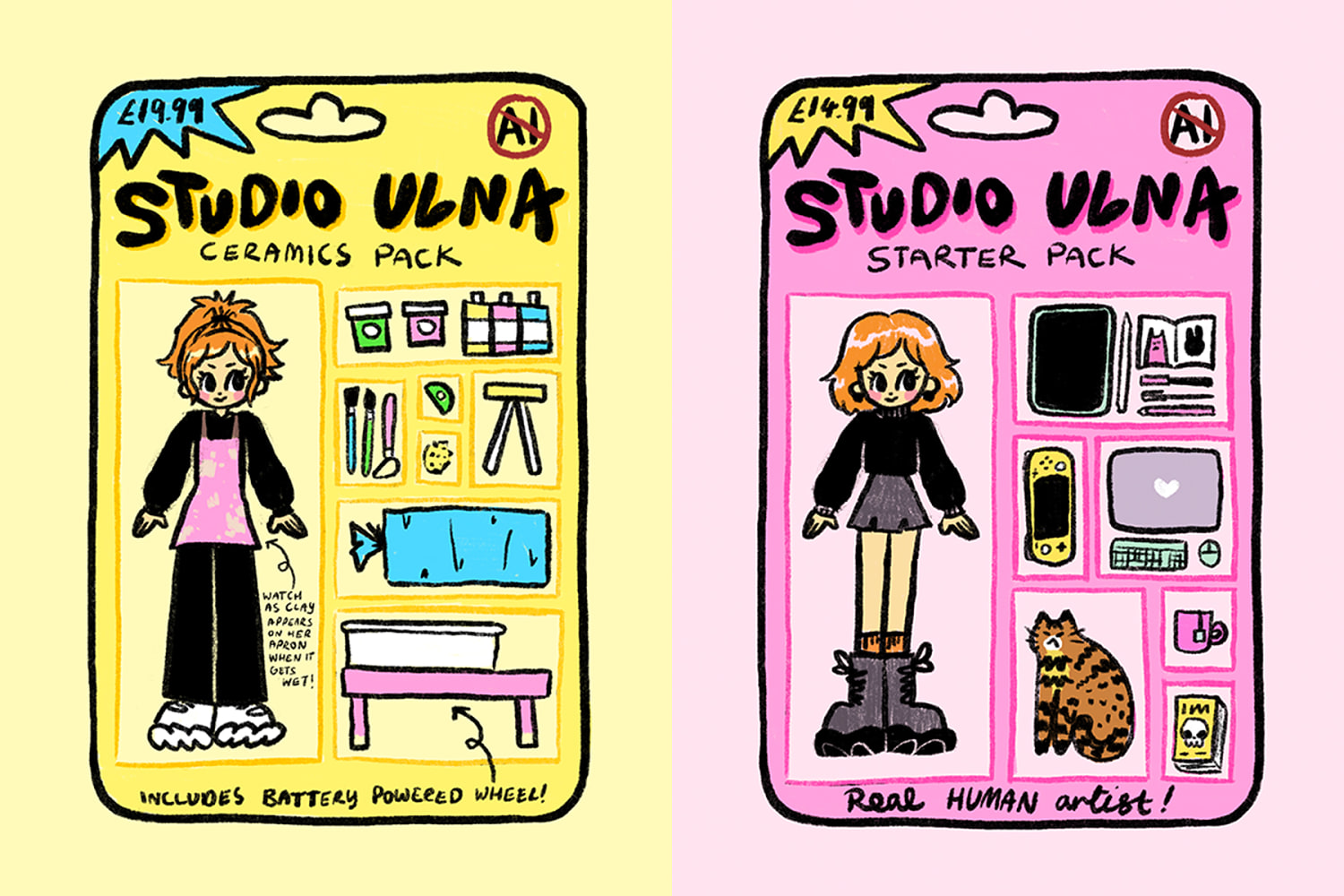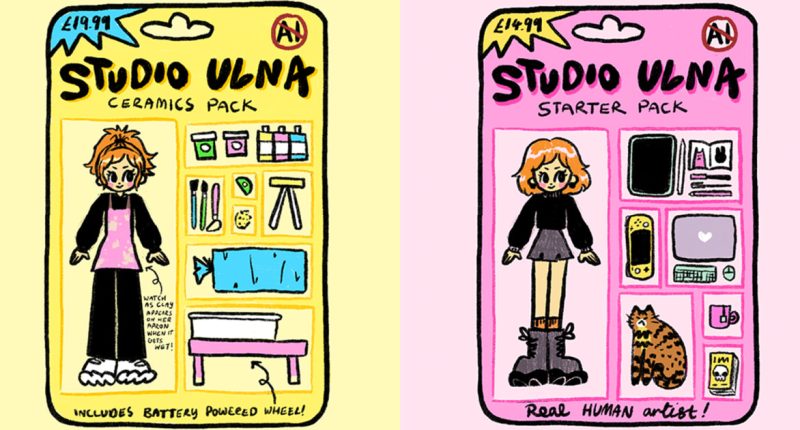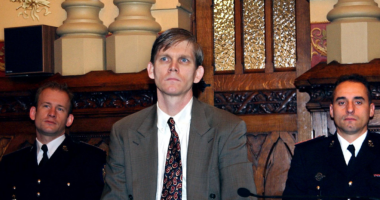Share this @internewscast.com

Artificial intelligence-generated action figures permeated social media feeds last week as people fed images of themselves to ChatGPT and asked it to package them into miniature toys.
The resulting images, dubbed a “starter pack” for a specific person, display packaged dolls that take on the appearance of the subjects, complete with personalized mini accessories — such as iced coffees, laptops, perhaps cameras or pairs of running shoes — and labeled with the subjects’ names and job titles.
The action figure starter pack trend is the latest iteration of a growing AI meme cycle, in which internet users who discover ideas for AI-generated artwork quickly inspire others to produce content using the same prompt. Over the last few years, AI-inspired fads have spurred growing scrutiny over how they’re contributing to issues like environmental waste and the devaluation of human labor.
The starter packs gained traction over the past few days as brands and public figures took part.
Holly Rolfe, an England-based illustrator and ceramicist who sells her work online, said she found herself sighing in frustration when she noticed the AI action figures taking off.
“The worst was seeing small, especially creative, businesses — and even graphics designers — hopping on the trend,” Rolfe said. “I think it reinforces how tone-deaf big business can be and accentuates the gulf between brand and consumer. Every single one of those businesses, even the small ones, could have afforded to pay an artist. But they didn’t.”
Soon, artists like Rolfe began circulating their own hand-drawn versions of the trend, shared on various social media platforms under the hashtag #StarterPackNoAI, to counter the wave of AI-produced content.
OpenAI, the AI giant behind ChatGPT, has been sued by several news outlets, authors and visual artists who allege copyright infringement. It has recently asked the U.S. government to make it easier for AI companies to learn from copyrighted material, citing a need to “strengthen America’s lead” globally in advancing the technology.
A spokesperson for OpenAI wrote in an emailed statement that the company’s image generation tools “are designed to support human creativity, not replace it, helping anyone explore ideas and express themselves in new ways.”
As generative AI becomes increasingly sophisticated and accessible, many AI models appear capable of generating images in the styles of specific artists or studios.
Last month, ChatGPT-generated memes and portraits in the theme of Studio Ghibli’s distinct animation style flooded the internet, triggering potential copyright concerns from users online and causing some observers to resurface studio co-founder Hayao Miyazaki’s comments calling AI-generated art “an insult to life itself.”
OpenAI told NBC News at the time that it prevents image generations “in the style of individual living artists, but we do permit broader studio styles.” Studio Ghibli didn’t respond to a request for comment last month about the AI-generated images created in its animation style.
Rachel Dormal, a graphic designer in Michigan who sells her own art prints online, said she worries about artists’ being pushed out of their livelihoods as people choose to pay lower prices for instantaneous AI-generated commissions rather than human-made work, which often costs more because of the artists’ time and labor.
And most developers don’t reveal the specific data used to train their AI models, giving rise to concerns about the potential pilfering of human work without artists’ knowledge or consent.
“People don’t understand all the training data that is sucked up to create a soulless reproduction of someone’s style. There are some artists who spend their entire lives building a specific style, only for it to be stolen and rebranded as the ‘AI style,’” Dormal said. “Ghibli is an excellent example. But it happens to smaller and less-known artists every day.”
Dormal was among the many artists online who shared their own takes on the “starter pack” trend, drawing her own personalized version in the digital art software Procreate. In her drawing, the package label reads: “Real Human Artist.”
Kentucky-based digital artist April Schweiss joined the trend and drew herself as an action figure with accessories like her cat Fred, her composition notebook and her roller skates. Ever since AI-generated images infiltrated the market, Schweiss said, she has been struggling to make a full-time living through her illustrations.
“I can’t keep up with someone who’s using AI to create shirt designs and they’re doing drop shipment and uploading 150 designs in a month, whereas I might only create five paintings that month,” Schweiss said. “That other artist that uses AI might have 10,000 sales, where I’ll have three.”
To writer and illustrator Haley Weaver, who has been sharing her art online for nearly a decade, the internet’s eagerness to embrace AI-powered trends isn’t surprising.
Weaver, based in Seattle, said she can understand why people are tempted to try out tools that show them what they’d look like as a Disney princess, a Studio Ghibli character or an action figure, especially when those options are quicker and cheaper than hiring real artists.
“But I also think there’s something really sad about that. And it’s scary as someone who currently makes a living as an artist,” Weaver said, noting that she has frequently found her own art style reposted or sold without permission throughout her career.
More recently, she has also discovered that some AI models were able to produce written responses that resembled her tone when they were prompted to generate something “in the style of @haleydrewthis.”
Weaver said that while she thought the AI-generated starter packs were “so cute,” it wasn’t until she began seeing artists give their hand-drawn takes on them that the action figures began feeling “soulful.” On her own “Haley Weaver Starter Pack,” she made sure to include the label “100% AI Free!”
“It’s such an instant gratification to type in some things about yourself, upload a photo and there you are as an action figure. But from my experience, so much of that gratification is also making it yourself and taking the time to really think about it,” Weaver said. “There’s also the beauty of everyone having their own unique style. I think a lot of AI art just kind of looks the same.”

















